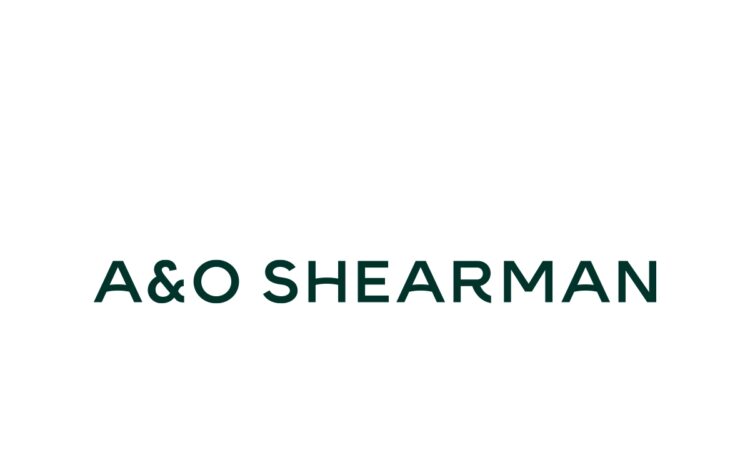
ON THIS PAGE
1. Background
2. Authority for anti-money laundering and countering the financing of terrorism
3. AMLR
4. AMLD 6
5. Potential impact on the market
The EU has published its AML Package in the Official Journal of the EU. Here we explore the key changes introduced in the package, what they mean for EU member states – and how they will impact businesses
1. Background
1 On 19 June 2024, the AML Package was published in the Official Journal of the EU. This legislative package consists of:
(a) Regulation (EU) 2024/1620 of the European Parliament and of the Council of 31 May 2024 establishing the Authority for Anti-Money Laundering and Countering the Financing of Terrorism and amending EU Regulation Nos. 1093/2010, 1094/2010 and 1095/2010 (AMLAR), which will enter into force seven days after its publication and apply from 1 July 2025;
(b) Regulation (EU) 2024/1624 of the European Parliament and of the Council of 31 May 2024 on preventing the use of the financial system for the purposes of money laundering or terrorist financing (AMLR), which will enter into force 21 days after its publication and apply from 10 July 2027 (except for football agents and professional football clubs in some transactions, to whom it will apply from 10 July 2029);
(c) Directive (EU) 2024/1640 of the European Parliament and of the Council of 31 May 2024 on the mechanisms to be implemented by Member States to prevent the use of the financial system for the purposes of money laundering or terrorist financing, amending Directive (EU) 2019/1937, and amending and repealing Directive (EU) 2015/849 (AMLD 6), which enters into force 21 days after its publication. Member states are obliged to transpose the Directive on or before 10 July 2025.
2 The above package modifies the operational regime of obliged entities by establishing common EU rules for anti-money laundering (AML) and counter-financing of terrorism (CFT), i.e., among others, a new supervisory authority and setting forth new due diligence requirements in the context of AML and CFT. Although the requirements are significant, as noted above, they will enter into force gradually. This period allows for internal procedures to be adjusted to the new regulatory environment to avoid substantial financial penalties and other administrative sanctions. Below we outline the key changes introduced by the package.
2. Authority for anti-money laundering and countering the financing of terrorism
3 The newly adopted package establishes the Authority for Anti-Money Laundering and Countering the Financing of Terrorism (AMLA), headquartered in Frankfurt, Germany. The role of AMLA is expected to be significant due to its forthcoming activities regarding the development of regulatory technical standards, which will be issued within the framework of the AMLR and AMLD 6.
4 Moreover, AMLA will:
- conduct, in collaboration with national supervisory authorities, periodic assessments of credit institutions and financial institutions operating in at least six Member States. Should AMLA classify the risk profile of these entities as high, it will supervise them either directly or indirectly in cooperation with national supervisors;
- have the power to issue binding decisions addressed to individually selected obliged entities and to impose administrative and pecuniary sanctions for non-compliance;
- play a pivotal role in coordinating the approach of national supervisory authorities to AML and CFT issues, and in issuing guidelines concerning their operations.
5 AMLA’s actions in imposing monetary penalties will be subject to judicial review by the Court of Justice of the European Union. The establishment and commencement of the authority’s operations are expected to occur before 31 December 2025, with the European Commission being responsible for this timeline.
3. AMLR
6 The adoption of the AMLR at the EU level represents a harmonization of the requirements and standards for obliged entities and Member States. It introduces a range of new obligations for obliged institutions and member states, aiming to strengthen the fight against money laundering and terrorist financing. These obligations include the following.
7 Periodic employee assessments: Obliged institutions must conduct regular assessments of employees who are responsible for compliance with AML and CFT standards.
8 Group-wide measures for parent undertakings: Parent undertakings that are obliged institutions must adopt group-wide AML and CFT measures and policies. This also extends to subsidiaries operating in third-party states, with certain exceptions. Details on these measures will be set out in the Regulatory Technical Standards to be published by AMLA on or before 10 July 2026.
9 Outsourcing contracts: New rules will govern the concluding of outsourcing contracts to ensure that obliged institutions comply with AML and CFT standards.
10 Due diligence and KYC procedures: The AMLR will regulate the basic requirements for due diligence in cash transactions and the establishment of cooperation with clients, including Know Your Customer (KYC) procedures.
11 Countermeasures against high-risk third countries: EU entities will be required to limit business relationships or transactions with natural persons or legal entities from high-risk third countries.
12 Prohibitions and special obligations: There will be a prohibition on correspondent relationships with shell institutions and special obligations imposed on crypto-asset service providers.
13 Information exchange framework: A legal framework will be established for the cooperation and information exchange between obliged institutions, particularly concerning customer due diligence.
14 Document retention period: Additional regulations will specify the retention period for documents related to AML and CFT operations.
15 Cooperation with the Financial Intelligence Unit (FIU): Obliged institutions and their employees must cooperate with the FIU and report any suspicions of transactions related to money laundering or terrorist financing.
16 Suspension of transactions: If there is a suspicion that a transaction relates to criminal proceeds or terrorism financing, it must be reported to the FIU. These transactions can only proceed with confirmation from the FIU.
4. AMLD 6
17 The Directive expands the scope of Member States’ obligations in terms of implementing legal solutions aimed at combating money laundering and terrorist financing.
18 Member States will be authorized to extend the application of the AML Regulation to specific high-risk business sectors. This means that the list of obliged entities indicated in the AMLR is not exhaustive. Furthermore, Member States shall be obliged to regulate the issue of golden visas and golden passports and to undertake enhanced security measures in relation to individuals applying for them.
19 Additionally, member states shall be required to:
- maintain and publish statistics on all actions taken in relation to AML and CFT;
- maintain a single, central register of accounts, in which information concerning an account identified by an IBAN number, including a virtual IBAN number, securities accounts, and crypto-asset accounts can be searched.
AMLA will issue Regulatory Technical Standards that establish guidelines regarding the determination of sanctions for violating provisions related to Anti-Money Laundering (AML) and Countering the Financing of Terrorism (CFT). Member States will be obliged to implement legal remedies in compliance with these guidelines.
5. Potential impact on the market
20 The AMLAR, AMLR and AMLD 6 augment the obligations related to AML and CFT. New internal procedures, standards, and policies will need to be implemented to ensure compliance with the enacted rules, and thereby avoid administrative liability.
[View source.]






